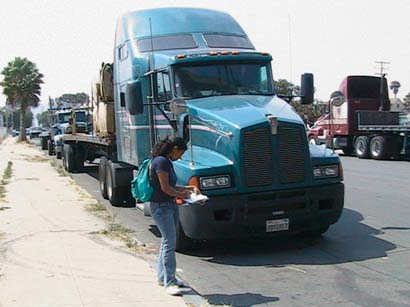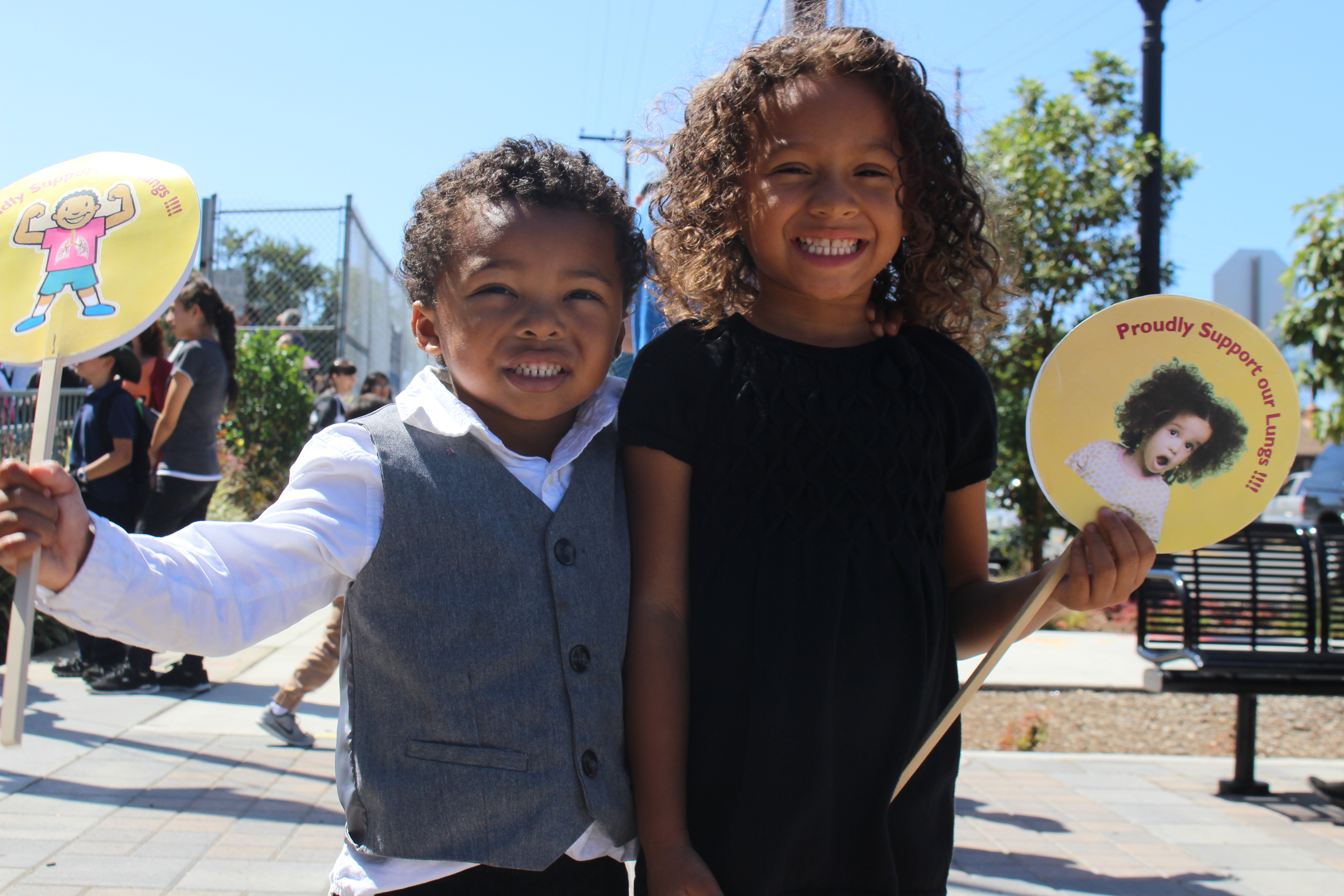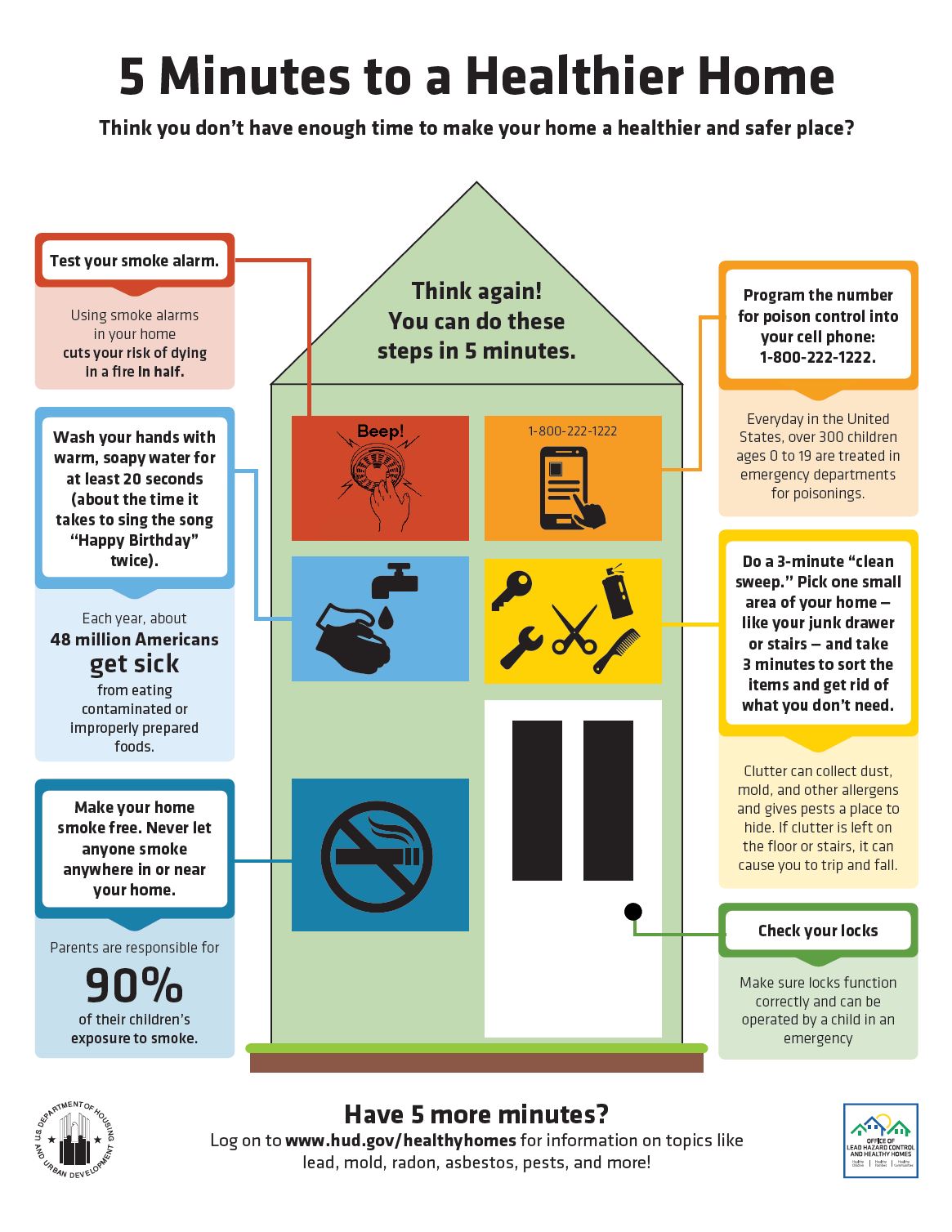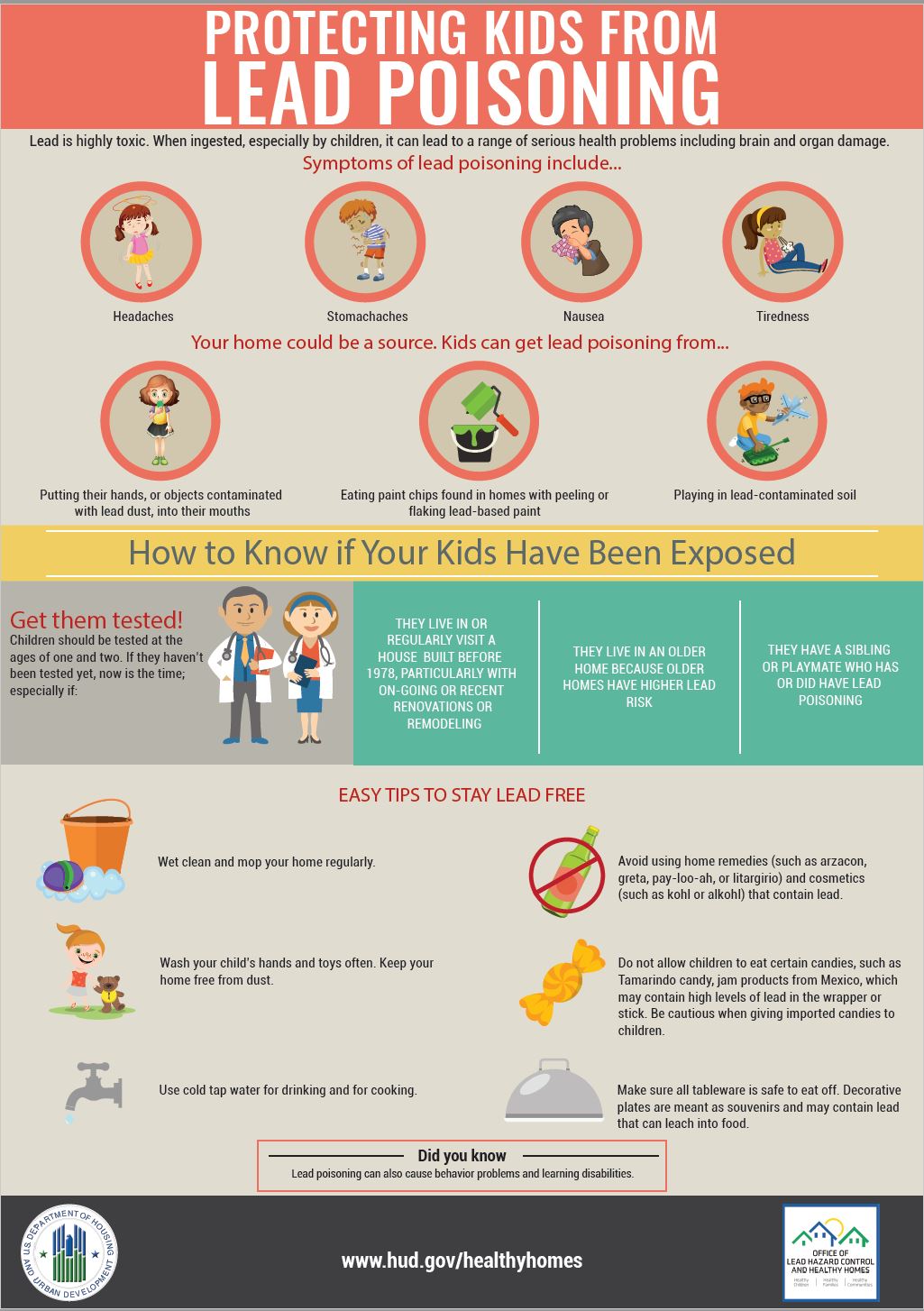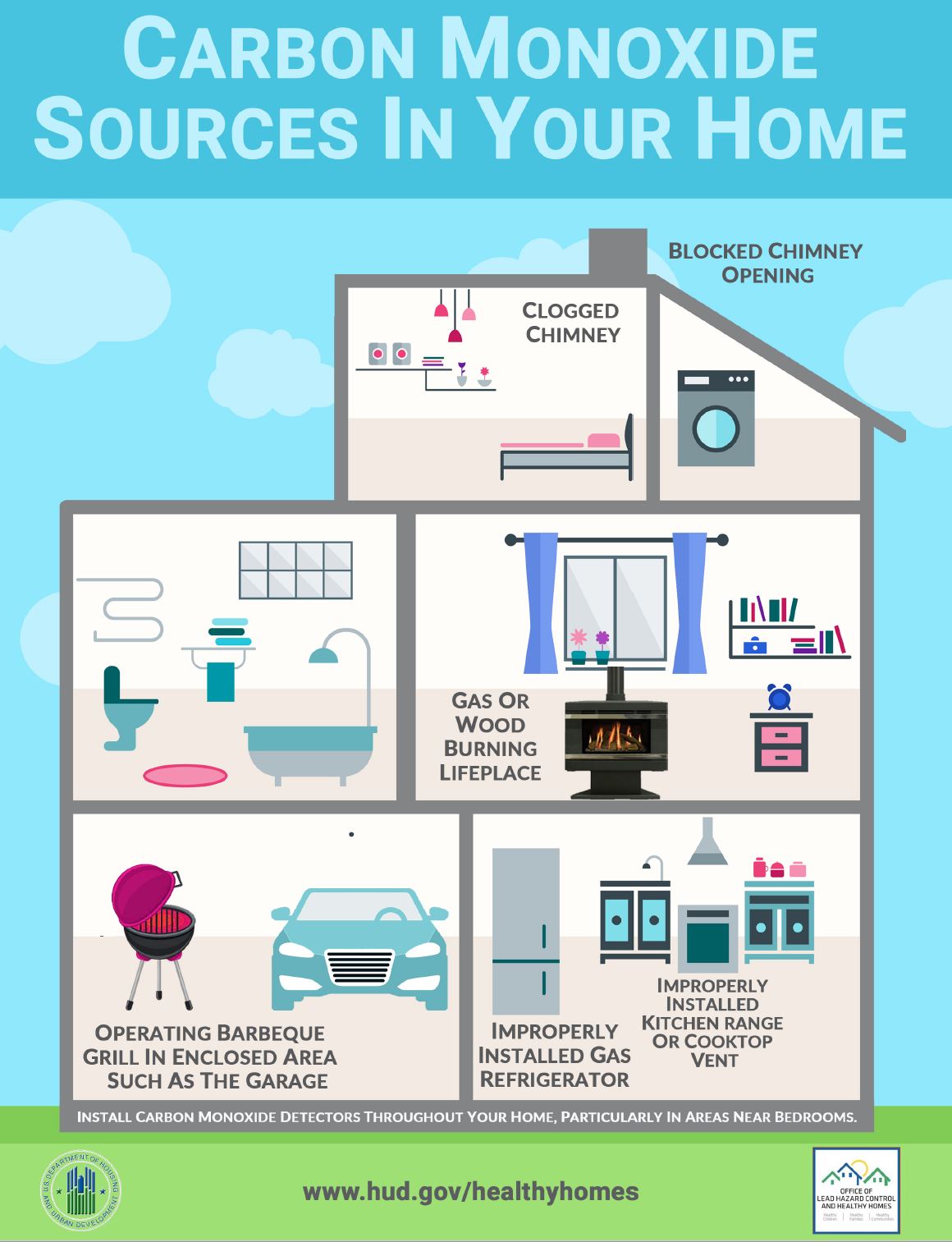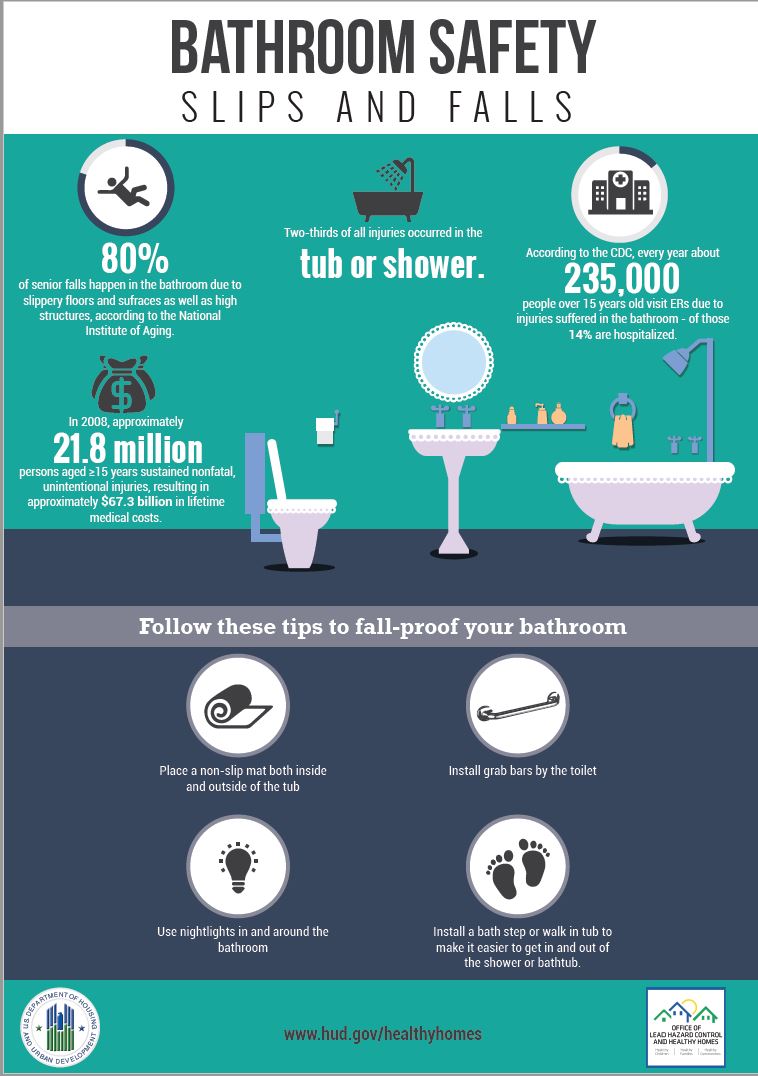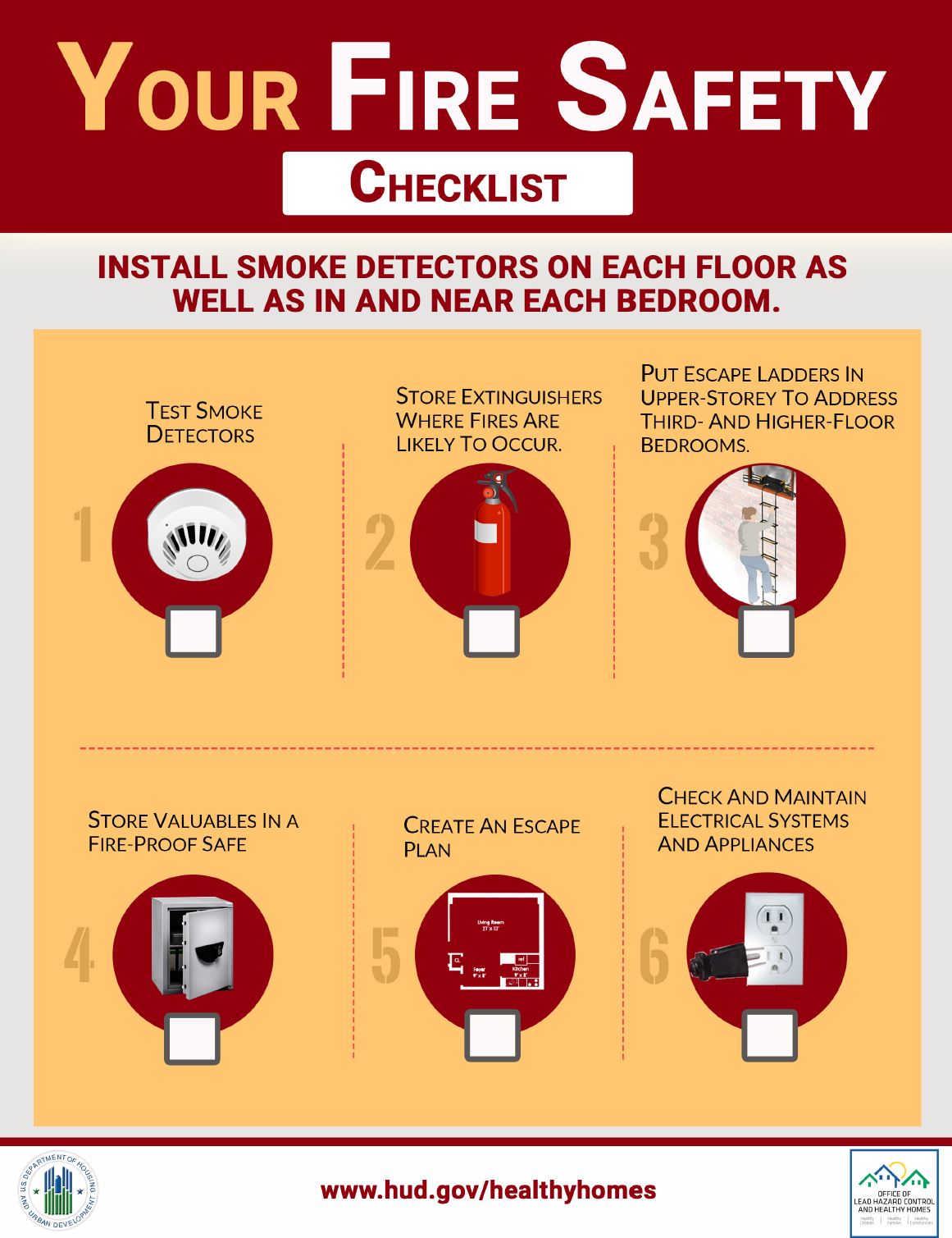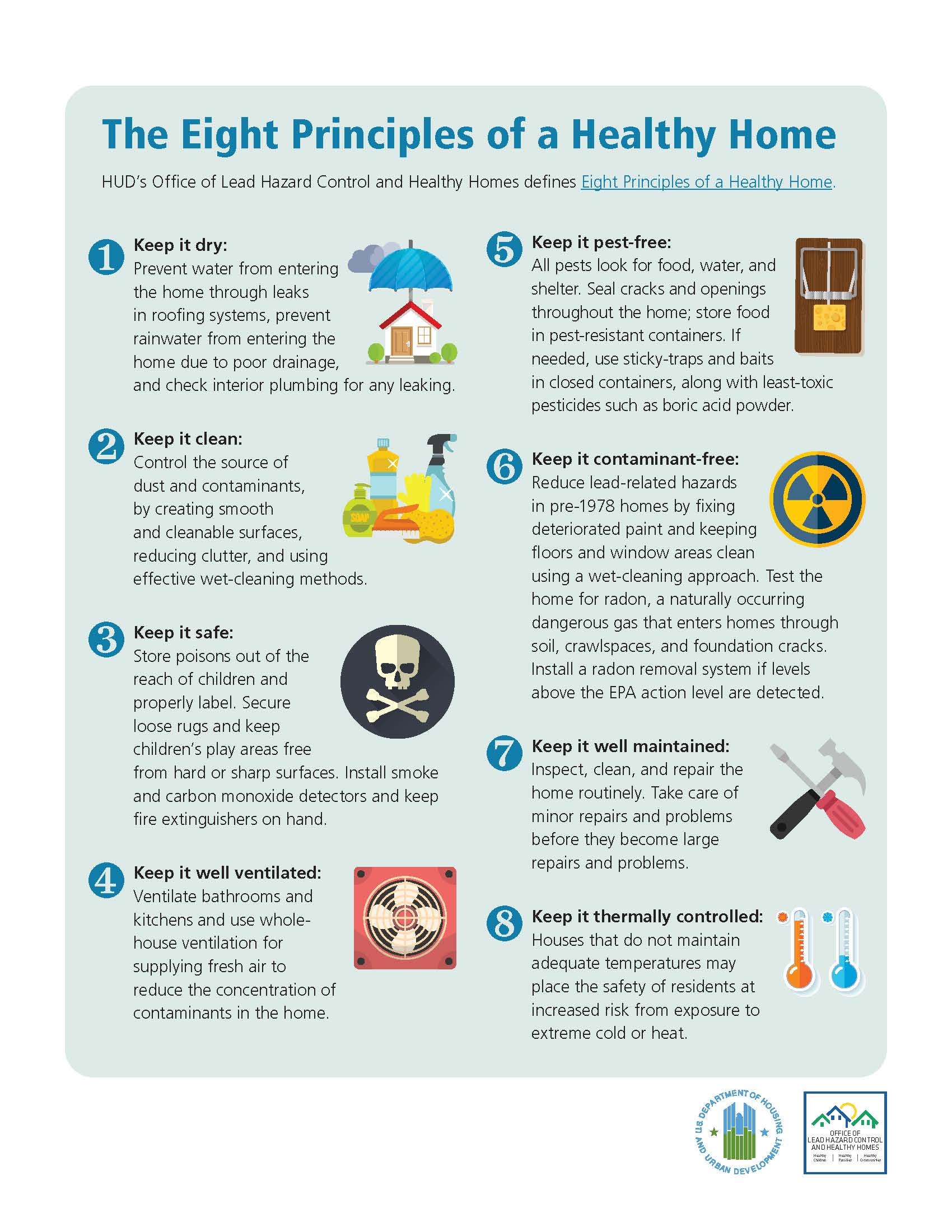Ensuring the San Diego Port Commission reflects the whole community is vital to having a "Port for All"

The position of Port Commissioner is a regionally very important one. The Port not only manages one of the region's premier economic assets, it has primary steward responsibility for the premier environmental asset in the region—San Diego Bay.
We are very appreciative of San Diego Mayor Bob Filner and the City Council for taking some time to look into the best way to seat the City of San Diego's Port Commission appointments. The way it has been done in the past can definitely be improved. Here are EHC's top priorities for improving the City of San Diego's Port Commission appointment process:
1. Increase Diversity of Port Appointments:
We support the clear guidance in the Council Policy 000-13 that aspires to a diversity on Board that 'reflects the entire community'. But, all too often, there is very little ethnic, gender, or economic diversity on the Port Commission. EHC would recommend that the city explore ways to increase the diversity of candidates.
The position is unpaid and time-consuming, so it's hard for most regular people to even consider applying for the Commission. To help alleviate the time burdens of the position, the City can improve staff support and resources to Port Commissioners.
To ensure broad community understanding of the Port Commission, the City should develop and post Port Commission job descriptions, standardize applications, offer more time in the appointment process for community groups to iprovide input, and increase community outreach related to the Port and opportunities to be a Port Commissioner.
The Port and the city would be better served with a diverse Board membership that reflects the community it seeks to serve. Without a concentrated effort to address this issue, the Port appointments will remain an insiders' game—which we do not think is in the highest public interest.
2. Ensure Appointees Have Needed Skill Sets:
In terms of skills that are needed to do the job, the best Port Commissioners are those who can understand, are sensitive to, and can forge agreement among a wider diversity of stakeholders. The city will also be well served if your commissioners are experienced in working with the public and marrying the function of government and public input together.
The Port is also a regulatory agency. It has responsibility as landlord, but it also must enforce those leases and environmental rules like the Regional Storm Water Permit, CEQA, and others. In the past, the failure of the Port to be a strong enforcer has lead to multiple multi-million dollar cleanups of the Bay—a huge economic hit in addition to degrading the health of the Bay and communities around it. Failing to regulate the tenants is NOT good for the Bay, the city, or the economy. Commissioners must be clear on this important role.
3. Consider Appointments within Core Experience Areas:
In terms of selection, since the charter responsibilities are largely around commerce, recreation, and environmental protection, we would recommend that the city seek one Commissioner with skills in each of these focus areas. We agree with the Mayor's vision that Commissioners should be chosen to reflect some core experience areas.
At the end of the day, these adjustments to the process would ensure that the requisite skills and experience needed would be reflected on the Port Commission, in addition to the diversity of the community. Thank you Mayor Filner for your leadership in changing the appointment process to better serve all residents of San Diego. Thank you to the City Council Rules Committee under the leadership of Chair Sherri Lightner for spending the time to develop a clear vision and process for the Port Commissioner selection. We look forward to continued participation with the Mayor and City Council to ensure that our Port is one that reflects and represents our community.
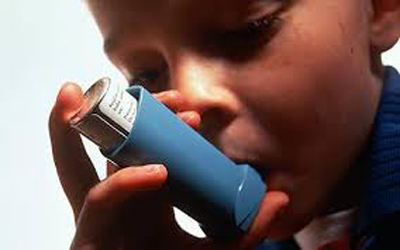 If you have a child with asthma, you are not alone. About 20 million Americans have asthma, and it is the leading cause of long-term illness in children. Reducing allergens and irritants that are common in homes is one way to help your child breathe easier. Three common triggers are secondhand smoke, dust mites, and house dust.
If you have a child with asthma, you are not alone. About 20 million Americans have asthma, and it is the leading cause of long-term illness in children. Reducing allergens and irritants that are common in homes is one way to help your child breathe easier. Three common triggers are secondhand smoke, dust mites, and house dust.




